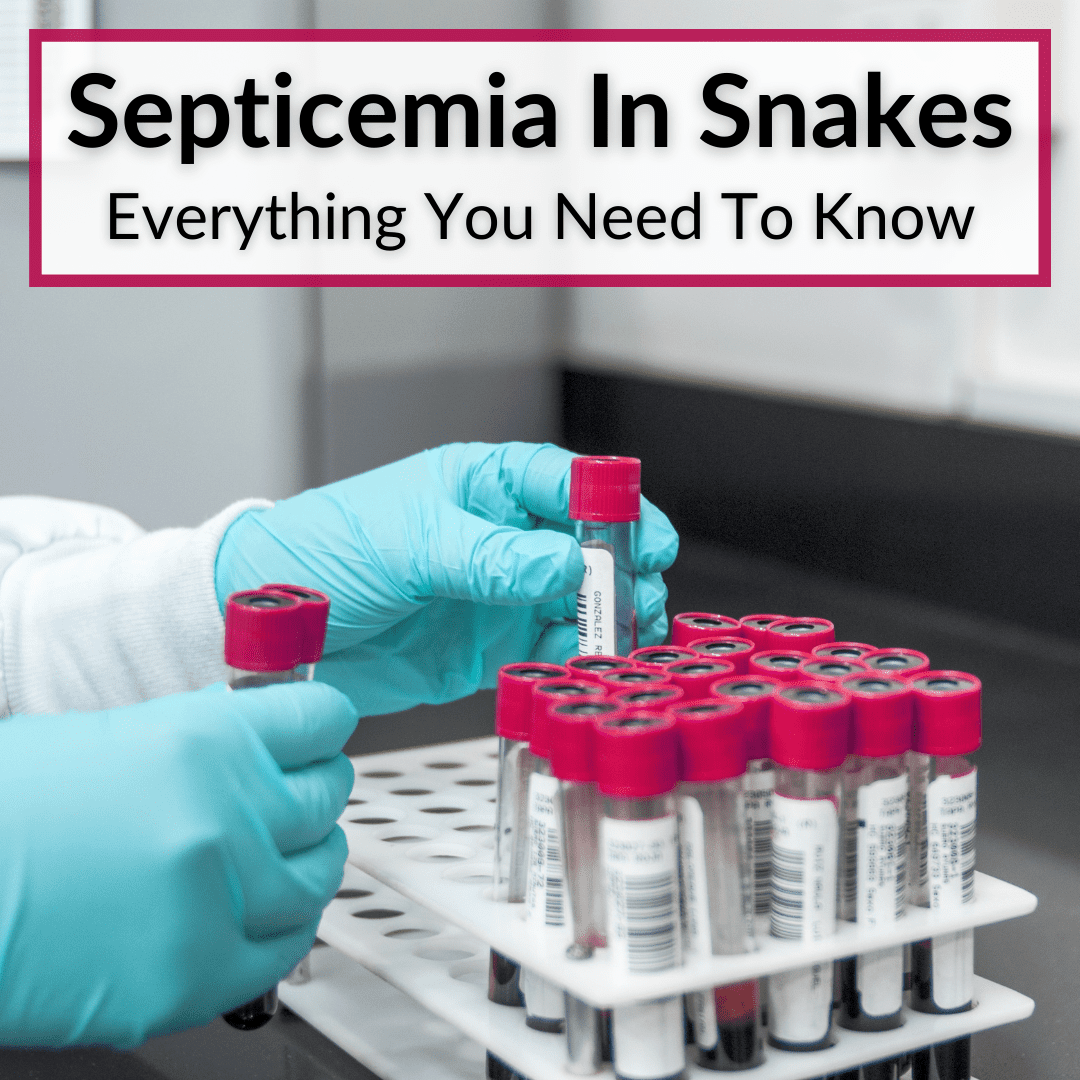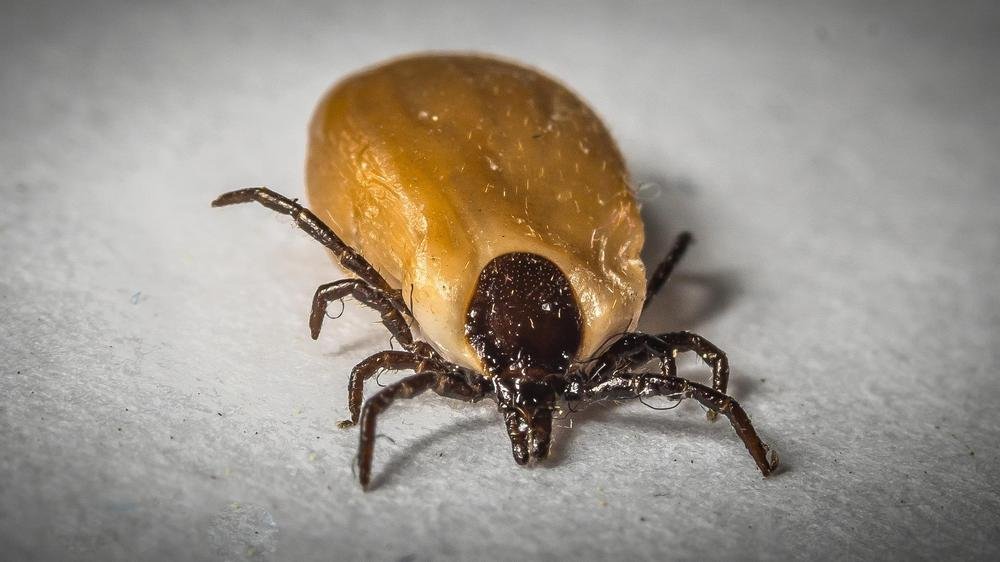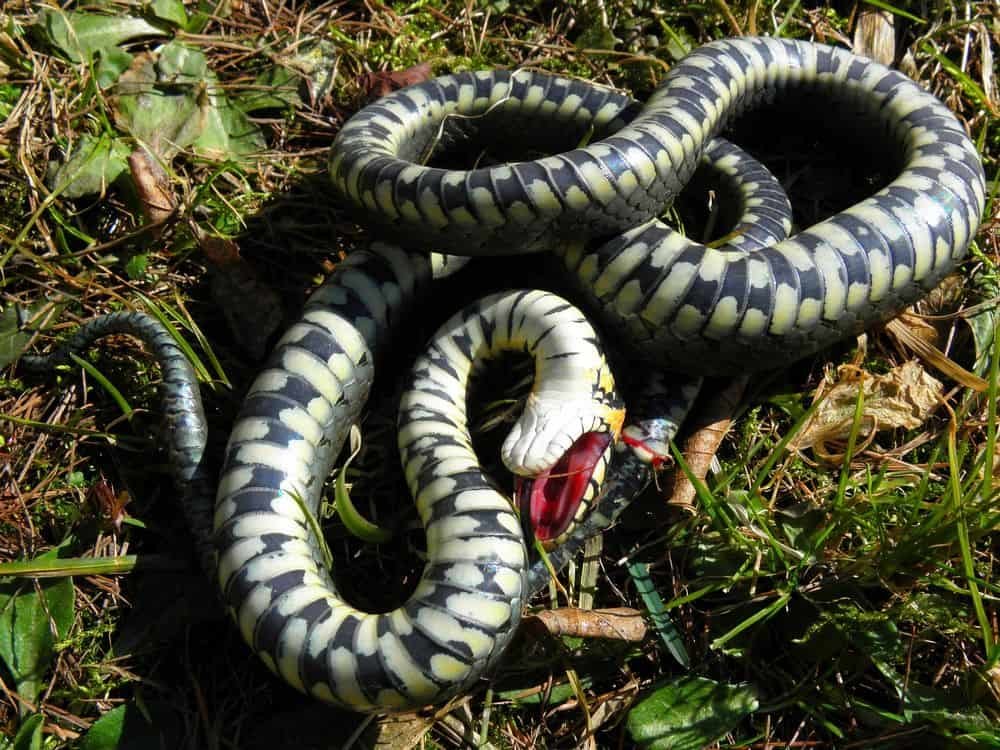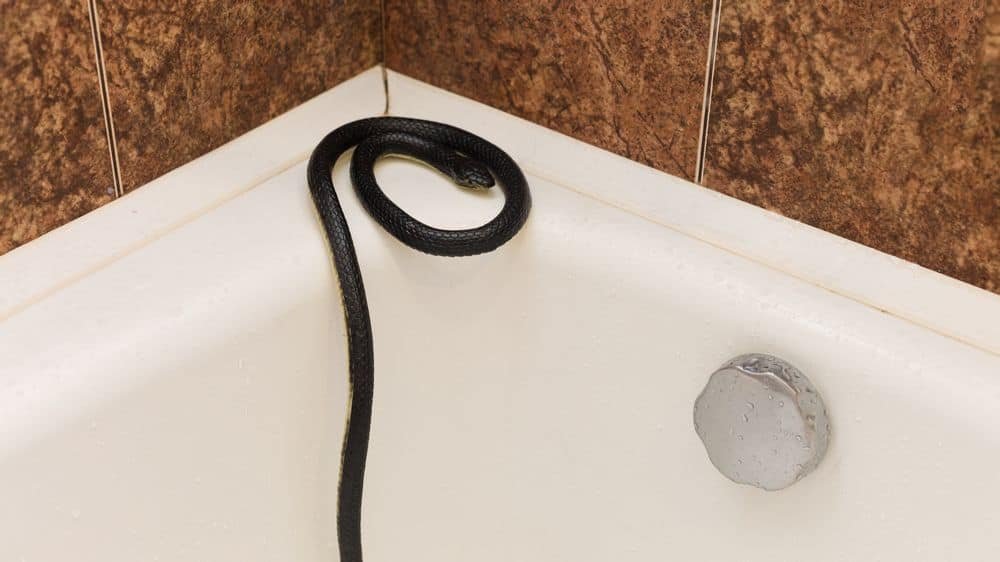
Unfortunately, it is also common.
Luckily, it is curable, if you detect it early enough.
We’ll show you how.
It is also preventable. All it takes are some common sense measures.
We’ll cover all of those, too.
In fact, we’re going to cover everything you need to know about this potentially deadly problem, to ensure it does not become a deadly problem for your snake.
If you follow our advice, it is unlikely you will ever have to deal with it at all.
Table of Contents
Septicemia In Snakes
Septicemia is a common illness in pet snakes. The cause is usually a bacterial infection.
It begins when bacteria enter a snake’s body, start to multiply at an extremely quick rate, and they enter the bloodstream and organs.
It is a very serious condition that can leave a snake critically ill and sometimes even result in death. If your snake begins to show signs of tiredness, lack of appetite, or is breathing with its mouth open, it’s best to get it to a vet as soon as possible.

Bacterial diseases like septicemia are common in reptiles. They can be the result of trauma, infection, and stress related to a snake’s environment.
Because it is a bacterial infection, septicemia can be treated with antibiotics, if caught in time. But it is a disease that can kill your snake overnight, so you need to get your pet to the vet as soon as possible.
Let’s take a closer look at septicemia, including the causes, symptoms, consequences, remedies and prevention.
What Is Septicemia?
Septicemia is a life threatening reaction to an infection that has entered the bloodstream of your snake and then proceeds to damage the body’s organs and tissue.
It can also be referred to as sepsis or blood poisoning. It is a critical response to an infection. Depending on which species we are talking about, it can have a death rate of 50%.
This condition is a response from the body as it tries to fight off the harmful bacteria. The body will try to do everything it possibly can to protect itself from the bacteria.
In extreme cases, this can even make it go into a septic shock. This is when the blood pressure drops unnaturally low.
If septicemia is left untreated it will keep on damaging a body’s organs and tissue until the animal can’t take any more and dies.
Causes Of Septicemia In Snakes
The cause of septicemia in snakes is bacteria entering the bloodstream. One way bacteria may enter the body is from a localised infection, which is when an infection affects only one part of the body. It then spreads from there.
Another way is through a traumatic injury. If your snake gets injured and the wound is left untreated, bacteria can enter and begin to spread through the bloodstream.
Another possibility are parasite infestations. Parasites can carry many types of nasty bacteria. If these transfer from the parasite to the snake, they can also begin to spread.

We’ll cover prevention more below, but it is obvious from these causes, that bacteria is the common culprit. How do you prevent bacteria? Cleanliness.
You need to take care of your snake’s environment. Dirty living conditions are well known to cause septicemia. Other issues that can lead to bacterial growth are incorrect temperatures or humidity levels in their environment.
These are all contributing factors that can lead to increased bacterial growth, and also stress or general poor health in your snake. A stressed or sick snake is always more susceptible to infection.
Symptoms Of Septicemia
The common symptoms of septicemia include struggling to breathe, tiredness, convulsions, weakness, and patches of red on the skin or scales. These are also the same type of symptoms you would expect to find in a mammal with septicemia.
Similar symptoms can make it an easier disease to watch for when trying to diagnose your snake’s condition. Just like you would with humans or other mammals (I hope), it’s best to take your snake to the vet straight away.
A late stage of the condition is when your snake’s skin begins to turn a different color, most commonly red. If the underbelly of your snake has turned red, swollen, and blotchy, then the septicemia has entered the later stages.
This redness and swelling indicates small haemorrhages, or blood-filled blisters. At this point, the issue is deadly serious. Your snake is very ill and probably close to death.
Consequences Of Septicemia

Well, I think we can all agree the worst consequence of septicemia is death. If left untreated, the condition can ravage your snake’s body, until it has caused complete organ failure to the point where your snake is no longer able to keep itself alive.
A major reason septicemia can lead to death is inflammation throughout the body. This can cause blood clots and stop vital oxygen from reaching your snake’s body and lead to the organs shutting down.
If inflammation does occur, which is indicated by the red blotches on your snake’s underbelly, it means your snake has gone into septic shock and has extremely low blood pressure.
Curing Snake Septicemia
The main remedy for septicemia is antibiotics. Because snakes generally only eat once a week (or less), placing the antibiotics in your snake’s food isn’t usually an option. Instead, you’ll probably want to go with injectable antibiotics or antibiotics that you rinse through the snake’s mouth.
If your snake’s septicemia has dramatically worsened, your pet may have to spend some time in an animal hospital. In the hospital, it will be treated not only with antibiotics, but also with fluid therapy. This ensures your snake stays hydrated. It may also need to be force-fed.
Preventing Septicemia In Snakes

As with all diseases, the best way to deal with sepsis is to ensure your snake doesn’t get it in the first place. Obviously, you can never eliminate the risk entirely, but you can take measures to reduce it as much as possible.
As touched on above, the most important thing you can do is make sure that your snake is living in a clean environment. This means you need to regularly clean your snake’s enclosure, which includes disinfecting it to eliminate bacteria. Try to do a deep clean at least once every two months.
Another important preventative measure is to treat any wounds on your snake immediately. Better yet, take it straight to the vet, if it suffers an injury or trauma.
An open wound is an open invitation for nasty bacteria to enter your snake’s bloodstream and cause septicemia. If you treat any wound quickly, you can prevent the spread of bacteria. You could also get your snake onto antibiotics as a preventative measure, to ensure it suffers no significant damage.
Snake Septicemia: Final Thoughts
Sepsis, or an infection of the blood, is an incredibly dangerous condition that can quickly lead to death. Unfortunately, it is also common in snakes.
If you suspect your pet is suffering from septicemia, get it checked out by a veterinarian as soon as possible. Don’t try to treat the condition at home.
Even if your snake does not have septicemia, you should take preventative measures now, to reduce the risk of it ever happening in the future as much as you possibly can.
This means keeping your snake’s enclosure clean, ensuring the temperature and humidity are in the correct range for your species, and paying close attention to your pet, so you can spot any injuries as soon as they happen. Then get the injury taken care of right away.
Leave a Reply